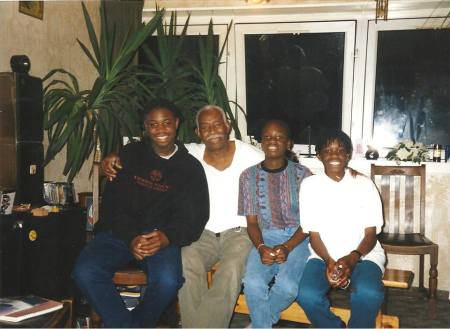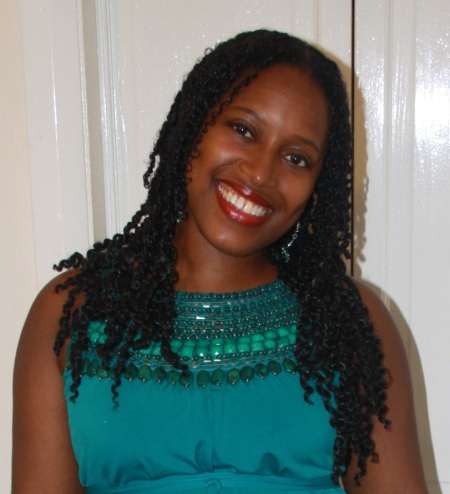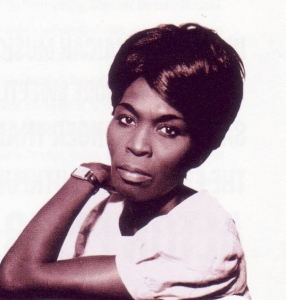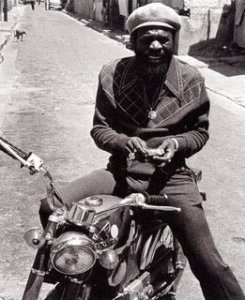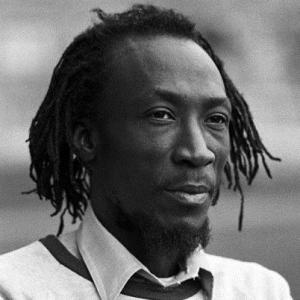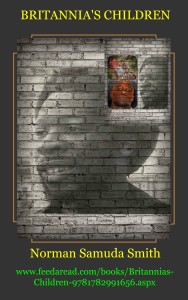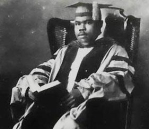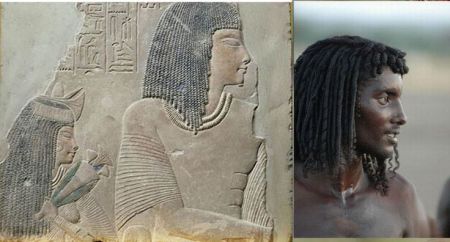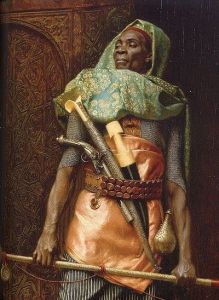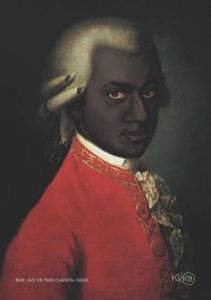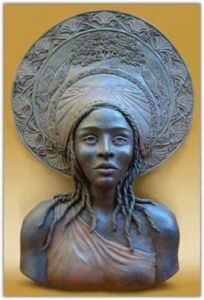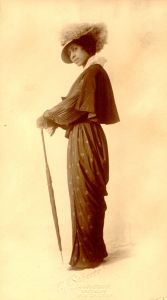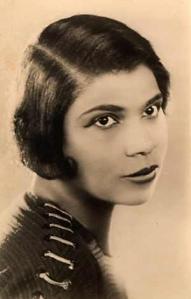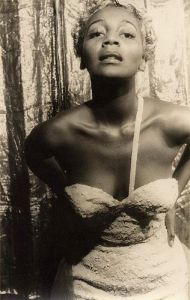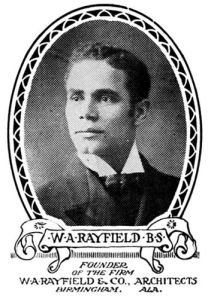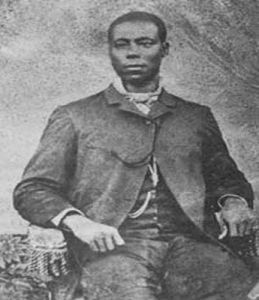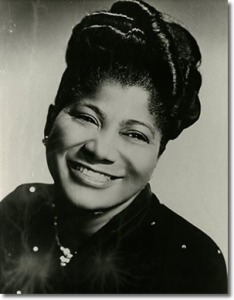GREETINGS & WELCOME
ITS MISSION: - TO EDUCATE; TO MOTIVATE; TO PROMOTE; TO INSPIRE; TO EXPRESS; TO SHARE...
MOTHER SITE

SAMUDA SMITH PUBLICATIONS
@ http://wp.me/1Jrv9
You can also view PANTHER NEWSLETTER
_____________________________________________________________
This issue of PANTHER NEWSLETTER is dedicated to my Dad
Frederick William Smith
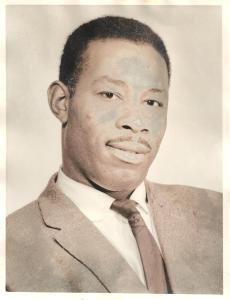
Sunrise: January 9, 1924
Sunset: November 20, 2014
_____________________________________________________________
CONTENTS
In this relaunch issue of PANTHER NEWSLETTER we have our SPECIAL GUEST, Birmingham's Treasure Tonya Joy Bolton, check out her engaging interview. My lifelong bredrin Beresford Callum returns with another fascinating FEATURED STORY highlighting his encounters with the paranormal and his book review in the FEATURED ARTICLE. We also have THE MUSICAL COA-COA BASKET, and everybody's favourite, THE CULTURE CORNER.
ENJOY!
_____________________________________________________________
EDITOR'S NOTE
Greetings and welcome to the relaunch issue of Panther Newsletter
My Dad's health hadn't been at its best in recent years. I give thanks I was able to fly out to California and spend quality time with him during his brief recovery in the summer of 2014, together with my brothers, sisters and extended family. Although we knew it was a matter of time, nothing prepares you for the inevitable news when it arrives.
He passed away November 20, 2014 aged 90 years young. We gave him a good send off and celebrated his remarkable life.
He is survived by his wife of 38 years Dorothy J Smith (The Director), his children, and a multitude of grandchildren and great grandchildren. He will be deeply missed by us all.
Dad - Our General - I know your love-light will continue to shine and guide us - them and those you loved the most.
'Everyting Bless...'
_____________________________________________________________
GRANDPA - THE GENERAL
(c) Jermaine Samuda Smith
_____________________________________________________________
Dad with my children, Daniel, Shereen and Jermaine; Birmingham, UK 1998.
To Grandpa the General...
Even though you were far away, visions of you are so memorable. All of your letters, cards and phone calls. You never forgot us at all.
Thanks to you Grandpa, I know my roots and where I'm from; and because of the teachings you passed onto my Dad; I hear it everyday from in my ear-drums.
I work hard every day Grandpa like you did, trying to make ends meet. Me and my Dad sweating hard. I'm staying out of trouble and standing firm on my feet.
Work was hard at the start, I didn't want to carry on; but how can I give up when I remember your words saying, you're proud of what I've done.
All I know is I'm proud that I'm your Garandson.
You are my guiding star, the General, my champion!!
We love you Grandpa.
Rest in peace.
From your England tribe.
_____________________________________________________________
*All rights reserved. No part of this poem may be reproduced in any form or by any means without prior permission of the writer Jermaine Samuda Smith.*
_____________________________________________________________
MY DAD
(c) 2014 Norman Samuda Smith
_____________________________________________________________
He showed me how to be a man. He's helped me, advised me and guided me. Sometimes I haven't agreed with him along the way. He's strong and gentle too, and I strive to be like him every day...
I'm blessed to be his son, it was written from the start. He's a supreme father, loving, kind and smart.
He's not a chic dresser, but he's trimmed and very neat; with his casually smart clothes, to the shoes he wears on his feet.
He doesn't hang out at the pub, he doesn't drive a flashy car; and when he takes a vacation, he doesn't go too far.
He doesn't dine on fine cuisine; to him: 'Fast food nuh sweet,' he always has rice on his plate, when it's time for him to eat.
He has a humble house in California, which has all what he needs. He keeps his garden cut nice and short; he grows vegetables and fruits and he trims all the weeds.
He used to work long hours, to earn an average pay. Even when he was sick or tired, he turned up for work every day.
He worked as a mechanic, a builder, a variety of jobs. His pay just made ends meet; but the few good friends and family he has, makes his life complete.
He has never had much money, his life is not for show; but still he's the richest man, I will ever know.
He's not well-versed in poetry, the theatre or the arts; but he has wisdom, knowledge and overstanding of life, something that he constantly imparts.
He loves the simple things in life, for riches he doesn't thirst, cos he knows what's important, he puts his family first.
The wealth that God has given him, to treasure in his life; loving sons, daughters, grandchildren and great grandchildren, and a very special wife.
To many he's just a simple man, but he's the greatest man I know. A man of great dignity, honour, strength and pride; he's my Dad, my mentor, my hero.
Bless up Dad! - Rest in Peace...
"Nuff Said..."
_____________________________________________________________
*All rights reserved. No part of this poem may be reproduced in any form or by any means without prior written permission of the writer Norman Samuda Smith*
_____________________________________________________________
DAD THE GENERAL - WATCH OUR VIDEO TRIBUTE TO HIM; here...
_____________________________________________________________
A SENSE OF BELONGING
by Grace Patricia Pinnock
_____________________________________________________________
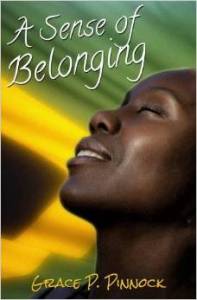
I was recently in touch with an old schoolmate of mine. We were pupils of Washwood Heath Comprehensive School, Birmingham, UK from 1973 to 1975. Grace Patricia Pinnock now resides in Spanish Town after migrating from England to Jamaica, her parents' homeland in 1991 and found it to be a place which she can truly call home.
Her book, A Sense of Belonging, published by Arawak Publications, Kingston Jamaica (2012), is her personal account of being British born of Jamaican descent.
Grace tells of her 'Jamaican' childhood in England, her discontent with the subtle forms of racism in the British education system, the search for her identity, her wrestles with the decision to move from England to Jamaica, and of the challenges she faced to begin her new life in Jamaica with its traditions and culture that she was raised to honour and respect.
It also gives some insight into why one British born Jamaican identifies with the island of Jamaica and questions whether the British born person of Jamaican or other West Indian descent will ever be truly accepted as Black and British in the UK.
You can get your copy of A Sense of Belonging here...
Check out Grace's blog too @ http://graceasenseofbelonging.blogspot.co.uk/
_____________________________________________________________
SUMMER TIME
Winter has stepped away, Spring is here. We all look forward to Summer Time when we pray for the sun to shine and everyone has continuous smiles on their faces. To get y'all into the summer time mood, here's a tune my brother and my son threw down during a jam session in the recording studio; their version of SUMMER TIME: listen up and watch it here...
_____________________________________________________________

